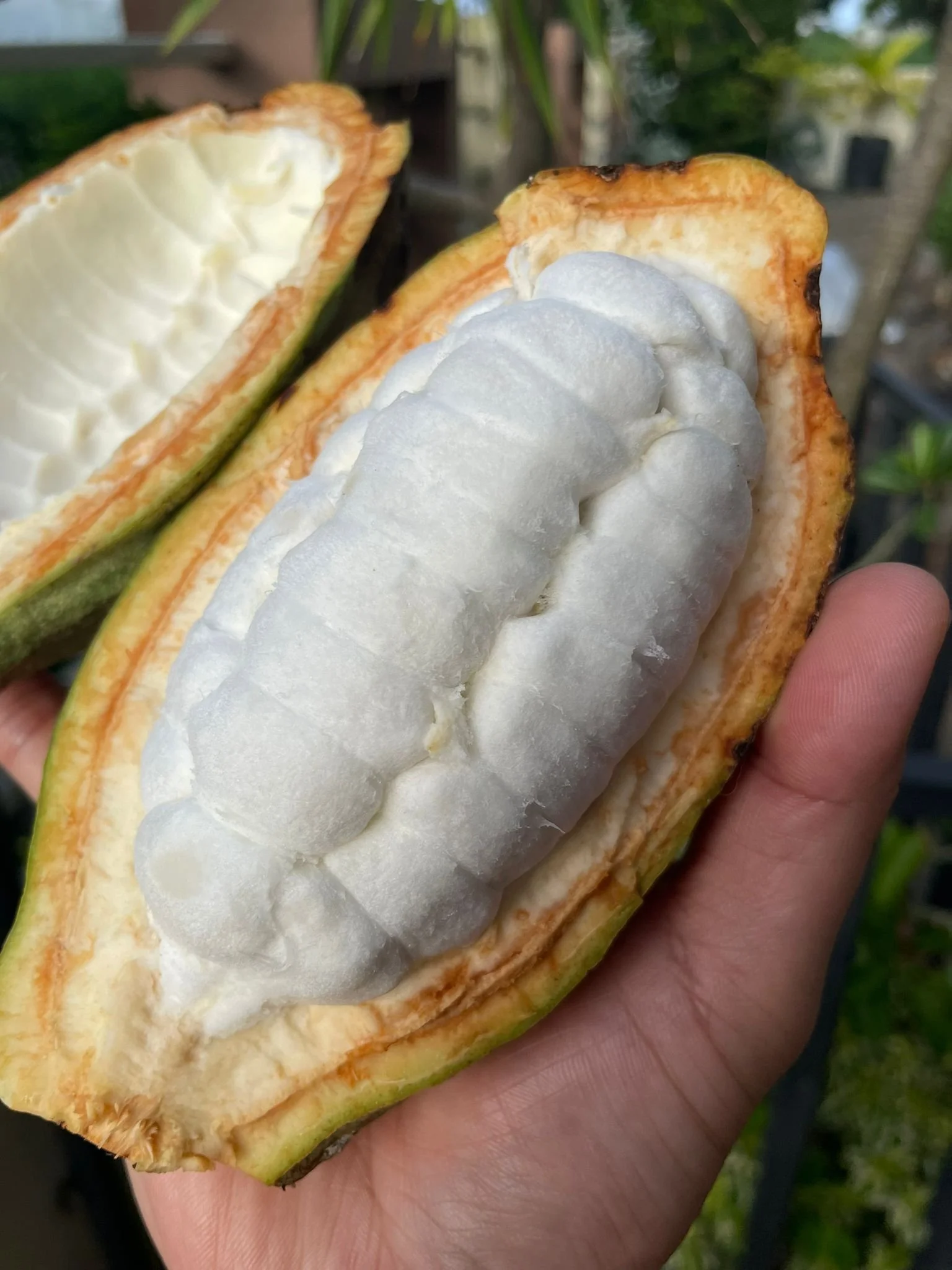Flavour of your chocolate impacted by where beans were fermented.
Image by @andriyko
Many people are in awe of how specific the flavours can be in well-made fine chocolate. Often people need to confirm that there is more than just cocoa beans and sugar - there must be cinnamon or fruit added. Those kind of inquiries make me happy to tell them no - all the flavour/aroma from your single-origin dark chocolate is coming from the cocoa bean itself!
But if that is the case, why do cocoa beans from the same species of tree (Theobroma cacao) and sometimes same varietal of cacao taste so different? Many people give credit to “terroir”, but most people who use that term don’t quite understand what it entails. If you think it’s simply a change in climate and soil pH, then you’re far from really understanding the mechanisms behind what influences cacao and chocolate flavour. In fact, I often avoid this term altogether when discussing cacao and chocolate flavour development, because it doesn’t really help explain the why and how of flavour development. It’s a very vague umbrella term. I need to see some evidence and some understanding of the mechanism behind how variance in sunlight or soil pH or whatever is impacting the flavour of the cacao in order to give it much credit. And in my nearly 20 years of studying cacao and chocolate, I’m still waiting for some solid evidence that goes beyond correlations and coincidences when connecting chocolate flavour to things such as sunlight and soil. There are far more factors that we do have solid evidence for, such as what is discussed in this research summary on cacao fermentation location and their corresponding microbial propulations.
Having said that, obviously the environment of how any plant grows will impact how it grows and the quality of fruits/seeds it produces. In this latest research summery, there is a great deal of data to suggest that a big part of the flavour of the cacao is not simply the varietal or the fermentation process itself, but also where the cacao was fermented. In this research by Kouassi et al. (2022) published in India, the researchers carefully analyzed the qualities and flavour of cacao grown in the Ivory Coast but fermented in 5 different locations. Cacao is fermented in the region where it is grown and harvested. In this study, the exact same batch of cacao grown and harvested in one area, was split up and taken to 5 different regions from around 150 to 550 km away from where they were grown. The exact same fermentation methods were applied, yet the flavours and aroma compounds of the beans were, in some cases, very different. Again, the exact same cocoa beans, but fermented in different areas. So what was it about these areas that altered the way these cocoa beans tasted (and the chocolates made from these beans)? The researchers here suggest it was the variance in microbes and yeasts from region to region. Something some people refer to as “microbial terroir”, and something that most do not consider when they think about terroir.
It’s an interesting paper, so check out my research summary here, scan through the data and figures, read some of the results, and get an idea of how something as simple as fermenting cocoa beans in different region can alter their flavour. Next time you wonder why your fine dark chocolate tastes the way it does, keep in mind that a big factor is a combination of where the cocoa beans were fermented and the species of yeasts and bacteria involved (which changes from region to region even within the same country).

